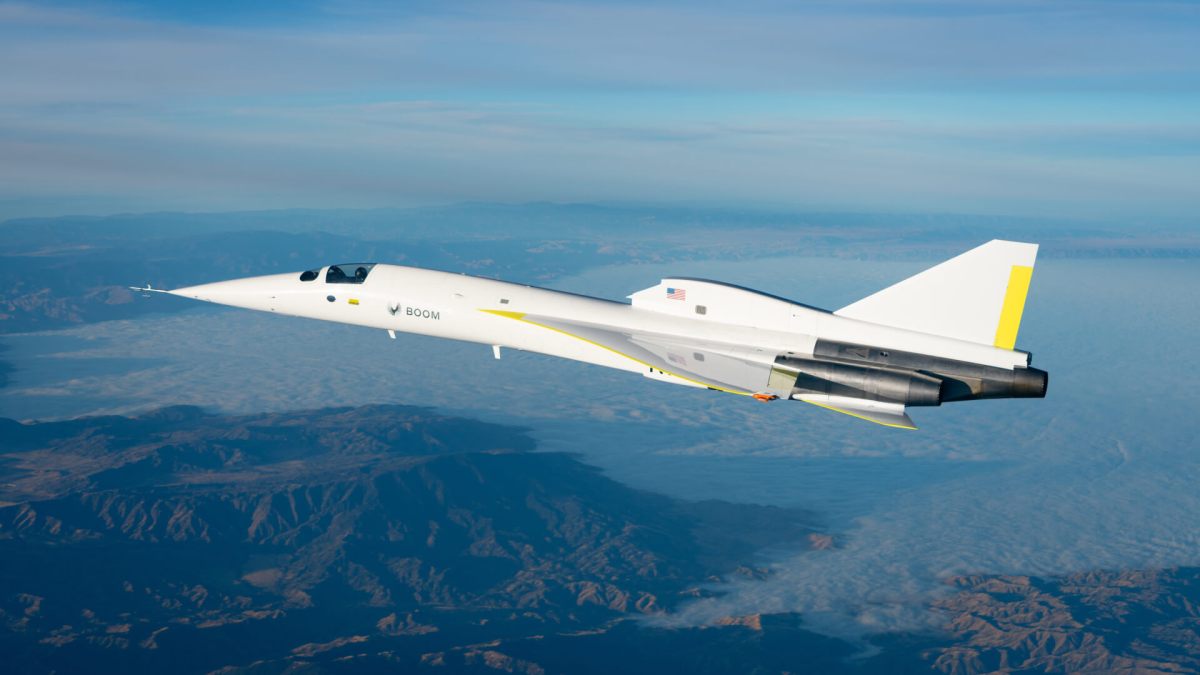Boom’s XB-1 Makes History as the First Civil Aircraft to Break the Sound Barrier!
In a groundbreaking achievement for commercial aviation, Boom Supersonic’s XB-1 demonstrator has officially broken the sound barrier, marking a historic moment as the first civil aircraft to fly supersonic. This remarkable feat took place over California’s Mojave Desert during the plane’s 12th test flight.
Historic Supersonic Flight Details
The XB-1 successfully reached a speed of Mach 1.1 and maintained supersonic flight for approximately four minutes. Test pilot Tristan Brandenburg not only broke the sound barrier once but also accomplished this feat two additional times before safely returning to the Mojave Air & Space Port just before 12 p.m. ET.
What Makes XB-1 Unique?
The XB-1 is a crucial step towards Boom Supersonic’s ambitious goal of developing a full-scale supersonic airliner called Overture. The demonstrator is about one-third the size of the intended 64-passenger aircraft, showcasing the company’s innovative designs and engineering capabilities.
- First civil aircraft to break the sound barrier
- Flight reached Mach 1.1
- Maintained supersonic speed for four minutes
- Successful landing at Mojave Air & Space Port
Future Prospects for Supersonic Travel
According to Boom CEO Blake Scholl, there is still much work to be done before Overture becomes a reality. He stated on social media that the company aims to test the Overture’s engine later this year. With airlines such as American Airlines and Japan Airlines already placing orders, the future of supersonic travel looks promising.
Scholl likened the XB-1’s achievement to SpaceX’s Falcon 1 moment, which signifies a significant milestone for non-governmental advancements in aviation. He emphasized the importance of fostering a new wave of entrepreneurial spirit in commercial aviation, stating, “We need more companies with great ideas finding new ways to push the envelope.”
Challenges and Competition in Supersonic Aviation
While Boom Supersonic is making strides, the company faces challenges from other firms focused on supersonic technologies, primarily within defense sectors. Notably, Exosonic, another startup targeting commercial supersonic travel, ceased operations in November. Scholl expressed that Boom’s focus on commercial aviation, rather than military applications, is crucial for the future of air travel.
Conclusion: A New Era in Aviation
Boom’s advancements in supersonic travel are not just about speed; they represent a vision for a future where air travel connects cultures and creates American jobs. Scholl’s commitment to reviving supersonic passenger travel stands as a beacon of hope for aviation enthusiasts and industry stakeholders alike. For more updates on aviation innovations, visit TechCrunch.







